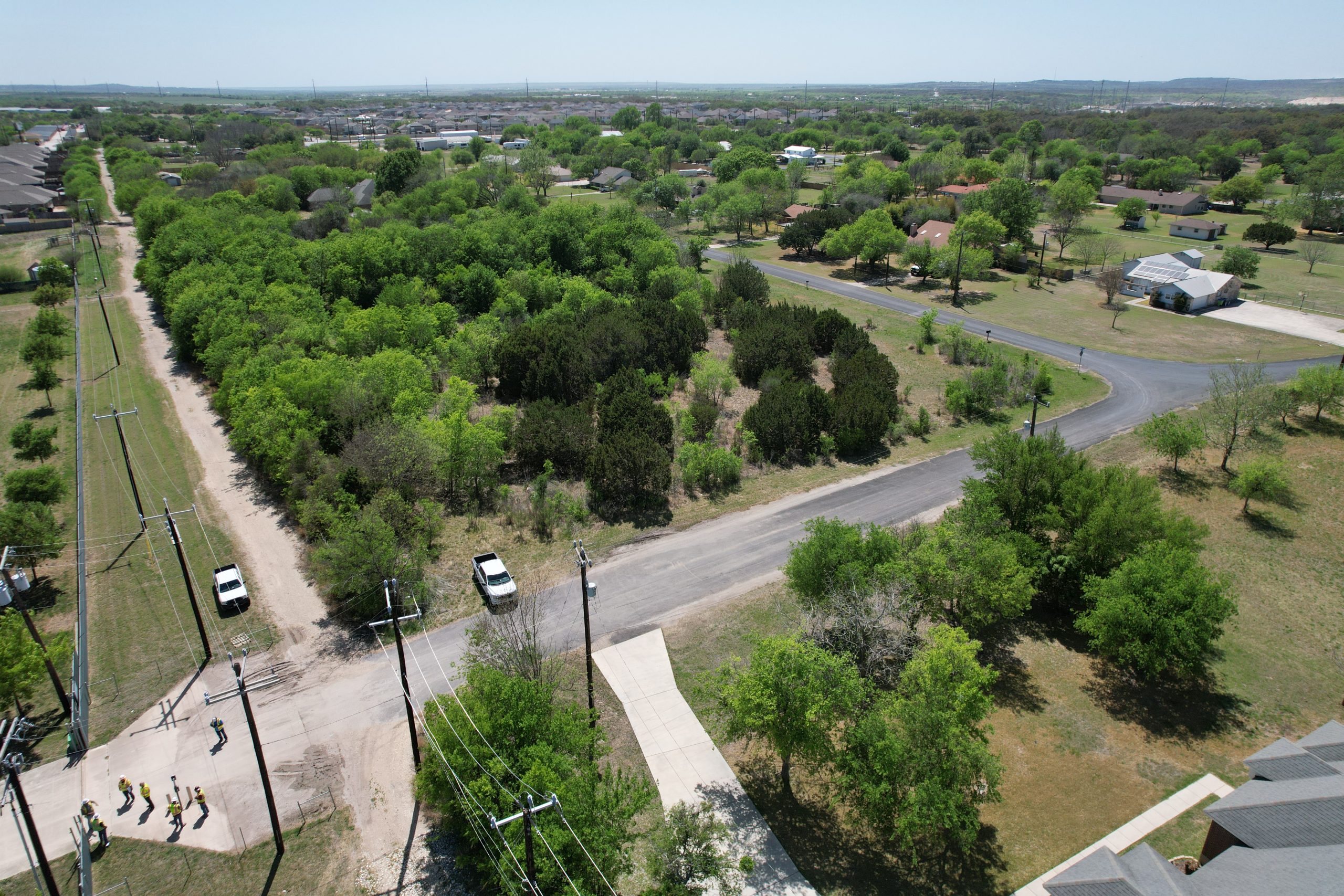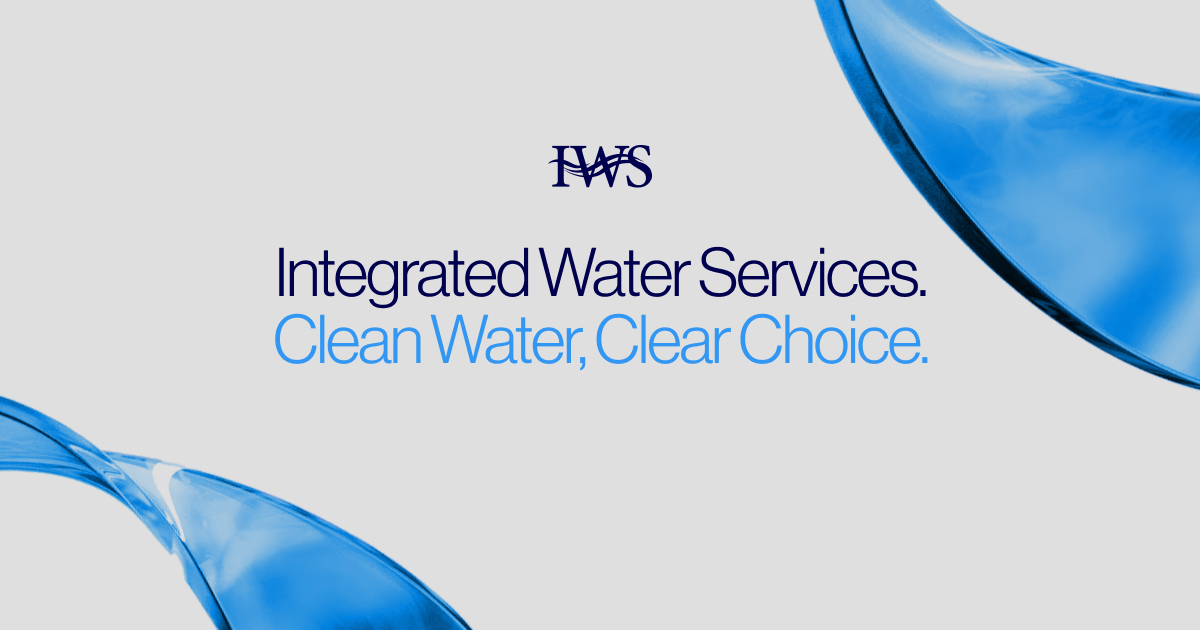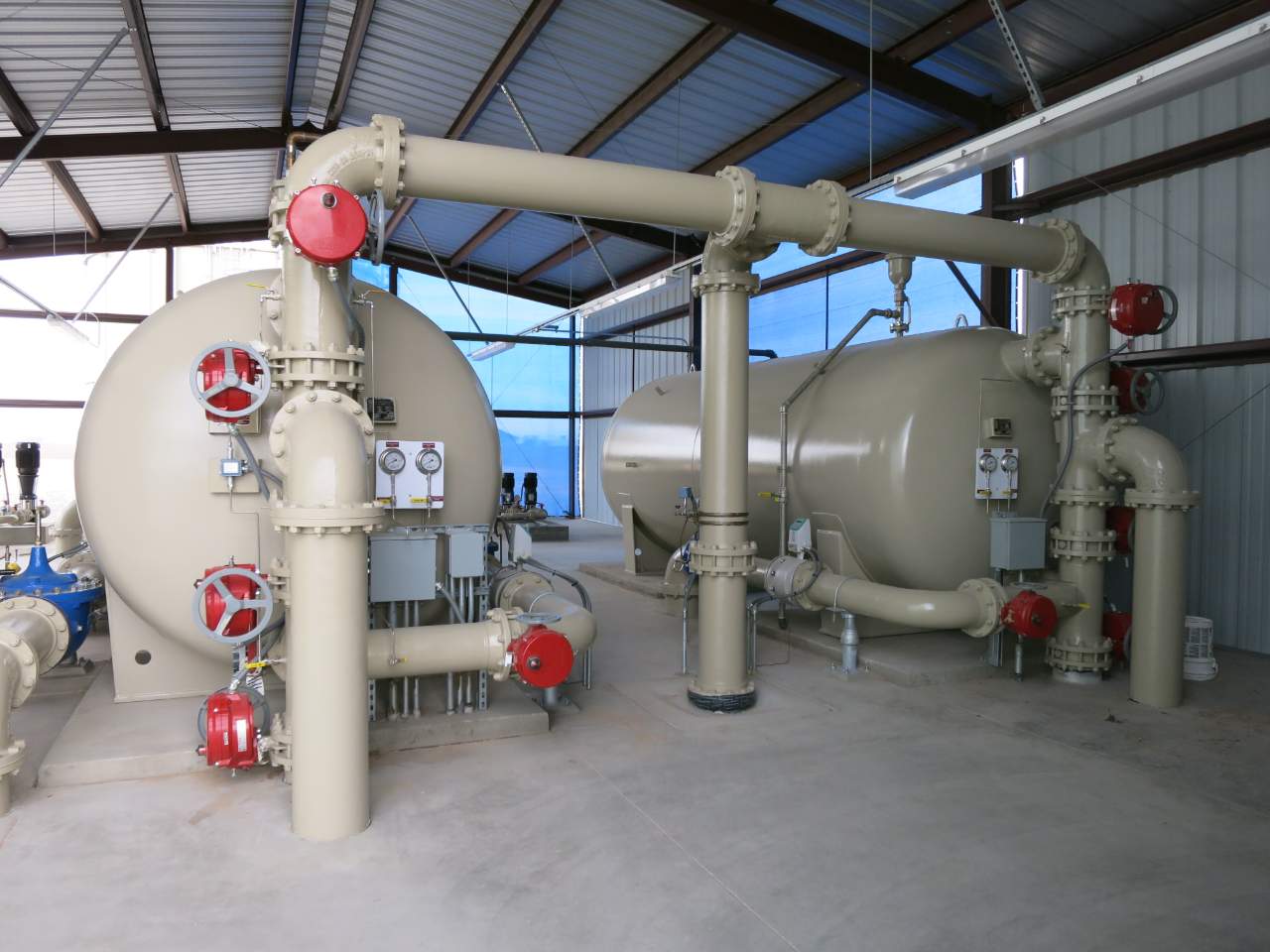3 Ways Reclaimed Water Rewards Communities

Wastewater doesn’t go wasted when your community operates a Membrane Bioreactor. Sure, MBRs produce high-quality effluent. But that effluent can also supply an understated asset: reclaimed water. Some communities put reclaimed water to work irrigating public spaces and lawns. Some municipalities sell it to thirsty industries. BluBox MBRs are committed to empowering our reuse customers; our MBRs even meet California’s Title 22 reuse regulations. Below are three ways MBRs conserve water, boost water resources, and why that’s beneficial for your community.
Use your water twice. As residents flush, cook, and shower, water goes down the drain straight to your MBR. After treatment, your valuable effluent gets a second chance to support your community. Reclaimed water irrigates lawns, public parks, and golf courses across the US, yielding lush community spaces without applying precious potable water. Enterprising communities sell their reclaimed water to local, thirsty industries to financially benefit their facility. No matter the situation, reclaiming and reusing water has communal advantages.

Reduce Water Demand. Summertime irrigation typically spikes water plant demand. Irrigating with reclaimed water in your community smooths these peaks and steadies demand throughout the year — no more overtime to keep grass green. Plus, equalizing water demand alleviates wear and tear on your water treatment equipment and makes maintenance more predictable in the long term.
Reduce Water Bills. Maybe your community buys its water. An MBR designed for reuse allows your community to retain and use that water again, adding value to your purchase. Reclaimed water reduces summertime irrigation demands, lowering summer water bills. Read about our installation at Fire Mountain Casino to learn more about MBRs providing reclaimed water.
Drought conditions and tight wastewater effluent limits are squeezing developers and home builders to seek new solutions. On top of this, home buyers want to live in communities that value environmental consciousness. By relying on an MBR, your community meets strict effluent regs and turns your community’s wastewater into a necessary asset.
For more information on how MBR Technology can serve your wastewater needs, contact:
Texas Region – Ed Gelsone – Email: egelsone@integratedwaterservices.com – Phone: 833-758-3338
Want to learn more? Read some of our similar articles:
Sign up for the Integrated Water Services newsletter.
We share important perspectives and news on MBR wastewater treatment every two weeks.


